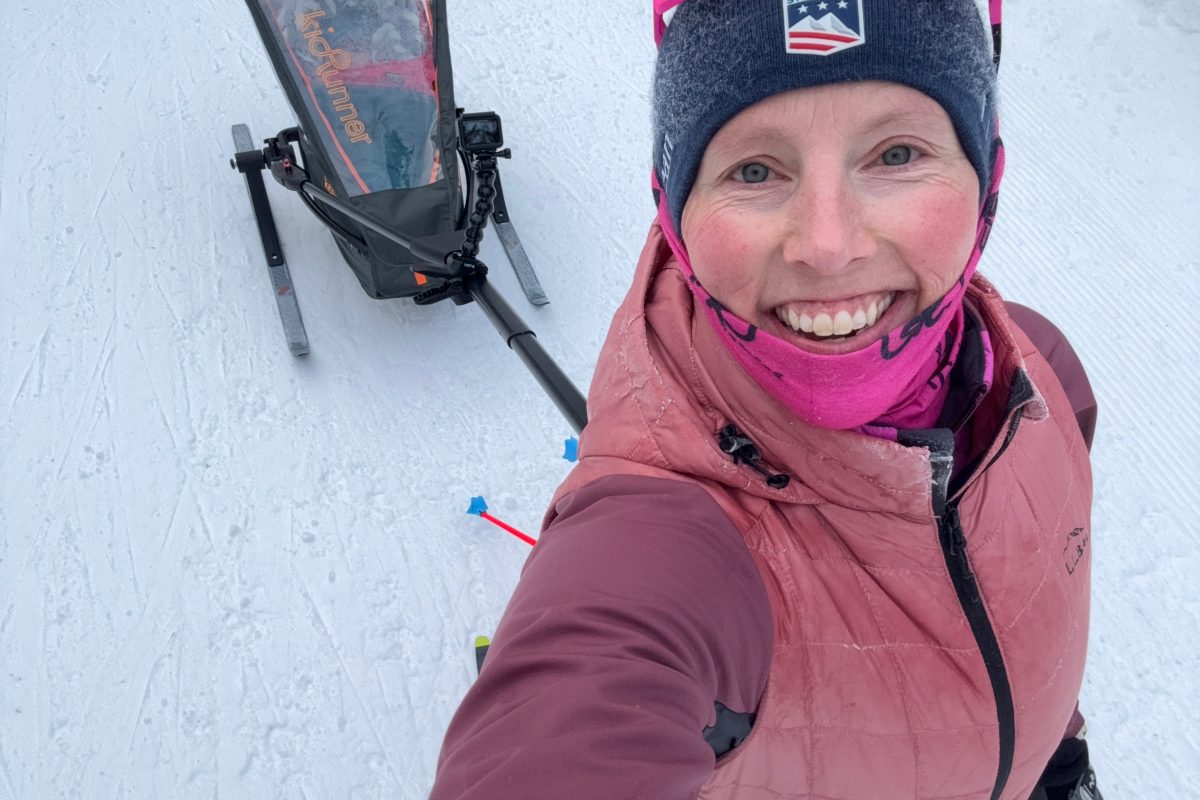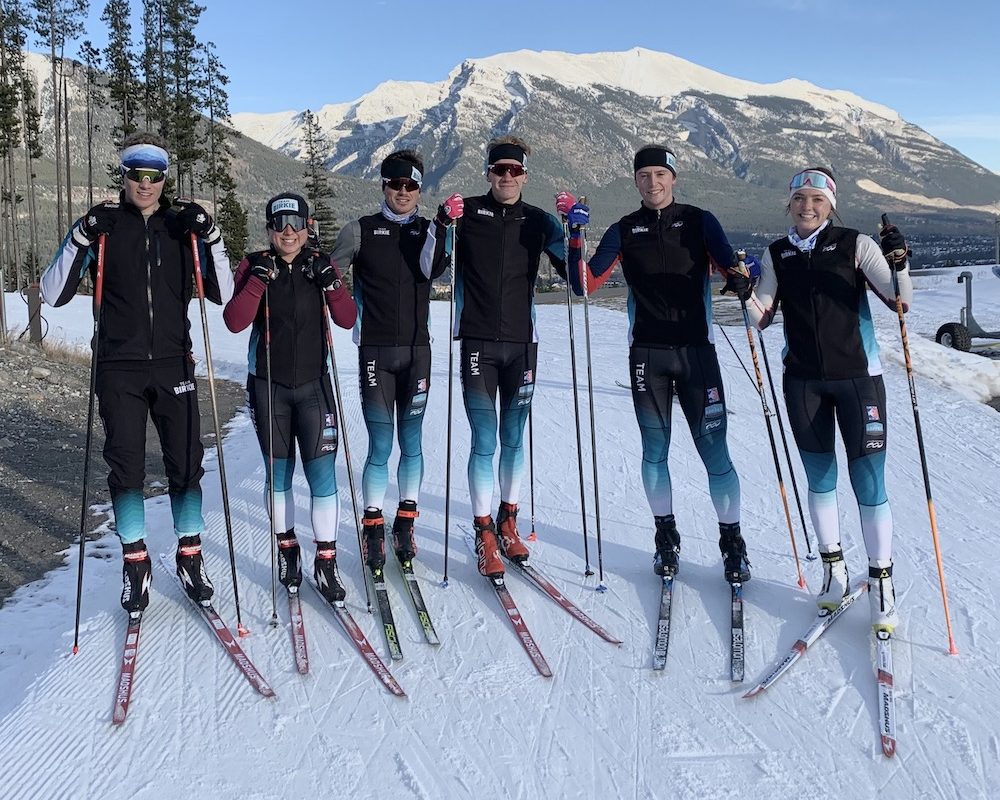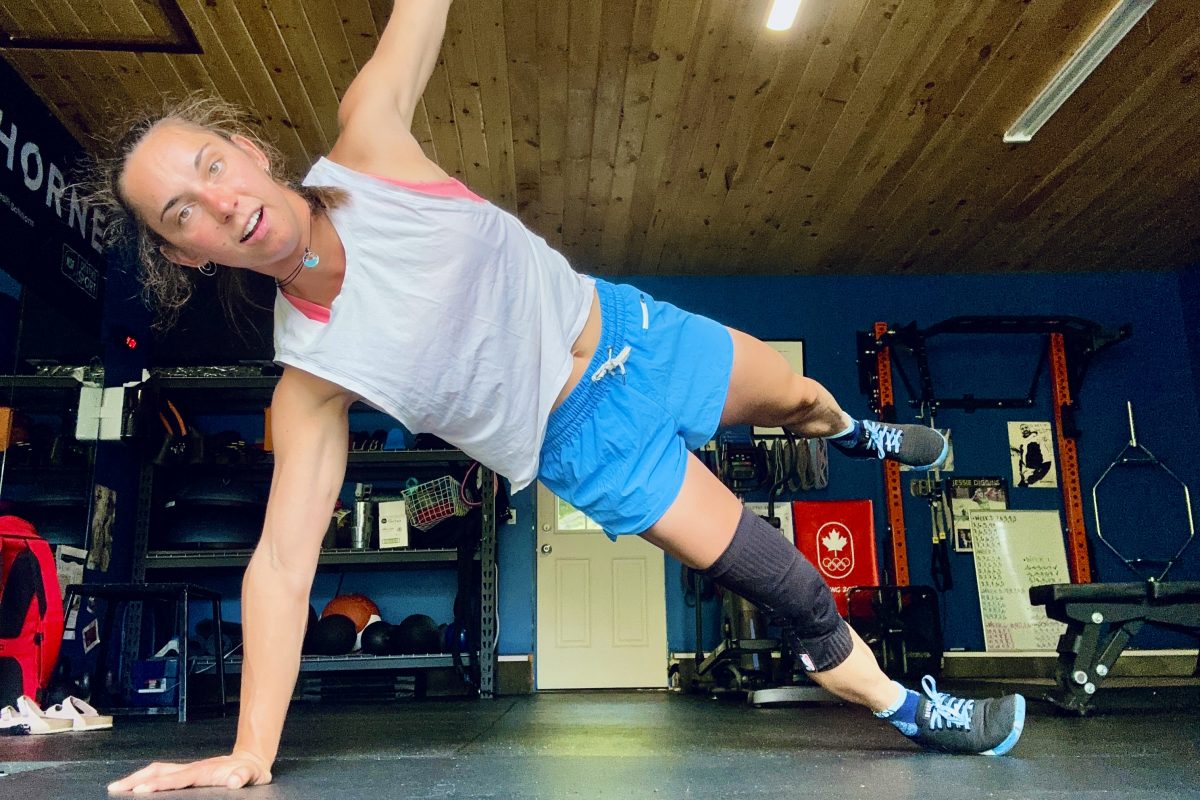Pepa Miloucheva is the head coach at the Craftsbury Nordic Ski Club. Over the past years she has coached some of the fastest skiers in the country. A World Champion in Ski Orienteering, she is also an experienced Masters coach.
This article isn’t about what the right technique is; it’s about how to get there.
There are many articles about cross-country ski technique. Most are very good, with emphasis on important technique points and drills to help you get there. The problem? Making changes is not easy to do. I’m sure all athletes and coaches have experienced frustration when, after trying to change their technique, they’ve seen minimal or no results.
Over the past 10 years of working with many athletes — including BKL, juniors, seniors and tons of masters — I have found that two things really help me accomplish any technique changes.
First: The timing of changes.
With all the talk about improving and changing technique, we have to understand the process of movement. Any movement we do is a neuromuscular relationship. We’ve been trying to establish this relationship through the process of learning, and trying to strengthen it through the process of practice, developing a habit, a very strong and efficient neuromuscular relationship, where we can do things with no thinking, no effort and no energy loss. The longer we have been skiing the stronger the habit is, and as we all know, habits are very hard to break.
So the point of making any technique changes comes to this: we must break old habits and develop new ones in their place. To make this process easier, we need to do this when the current neuromuscular relationships are weak. The best time is right at the beginning of the summer season, or the first days on snow. Regardless of how long we have been skiing or how much we have roller skied over the summer, the first few days after a transition are a little shaky. This is because our neuromuscular relationships are weakened; we haven’t done these exact movements for some months. After a few days on roller skis in the summer, or skis in the winter, all the old habits will be resealed, and changes to technique will be much harder to make. So now is the time to do it! More or less, once fast workouts starts, it will be too late; you will most likely have to wait until the next season, or the beginning of the skiing season, to try to change.
So the first important thing to remember: the moment you get on your roller skis this season, start working on the technique changes you need to make.
Second: Exaggerate the movement or body position you are trying to change.
Most coaches have experienced making a suggestion to their athletes to make some change, seeing little or no response, but getting the answer “I did,†or “it feels weird.†Of course change feels unusual and uncomfortable. For example, even a small change in the joint angle we are used to registers with our brain as a huge one. So you have to exaggerate the change and make it feel weird, try to remember it and make it change through repetitions, from uncomfortable to natural. The best tool to help you do this is a video camera. Getting videotaped and seeing it is the most efficient way to convince yourself or your athlete that the unusual feeling at the beginning of the change is right. Most of the time we know what we are supposed to look like… we just don’t feel it. Even if it doesn’t feel right, once you’re convinced it looks good, you will be willing to practice and change it.
Keep in mind that the goal is to have good technique when racing, so while working on your technique include a few pick-ups during the workout to be sure that you know what it feels like when going fast.
Good technique allows us to put all the strength and fitness we have been working on for years in the right direction. Don’t waste it: use it right and get faster!



